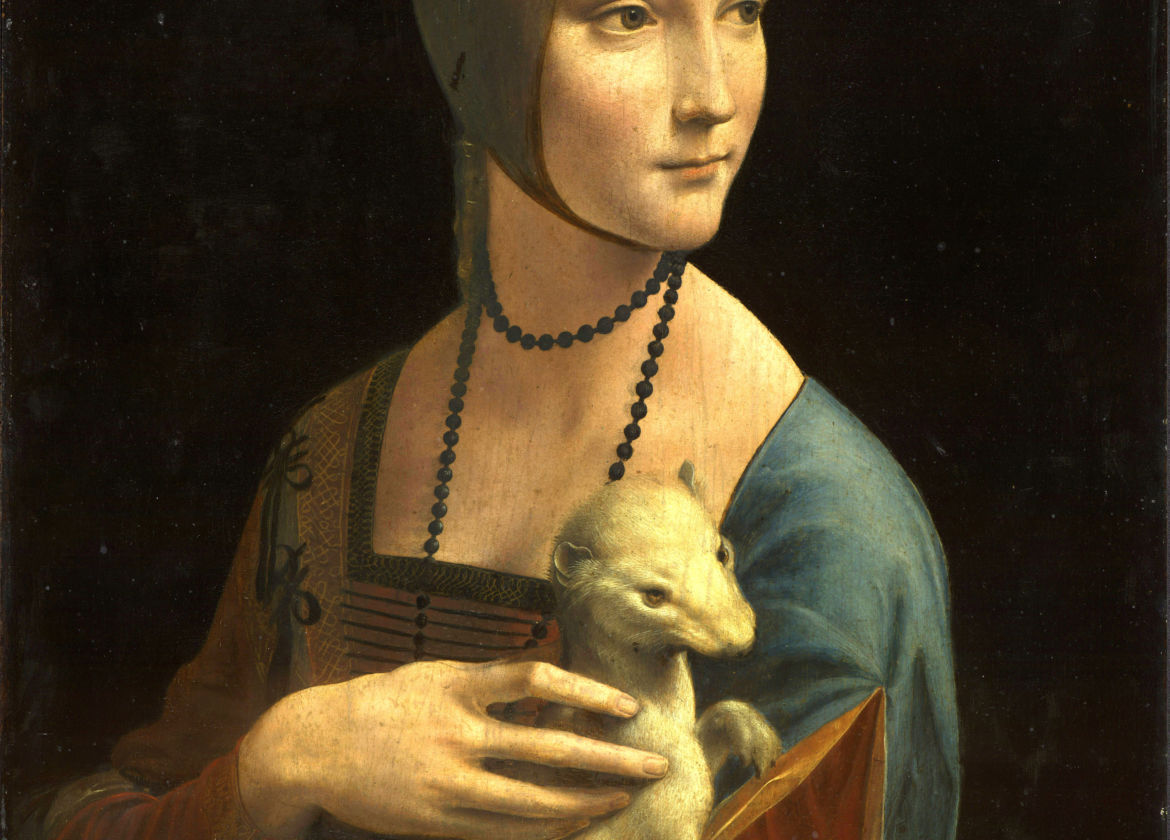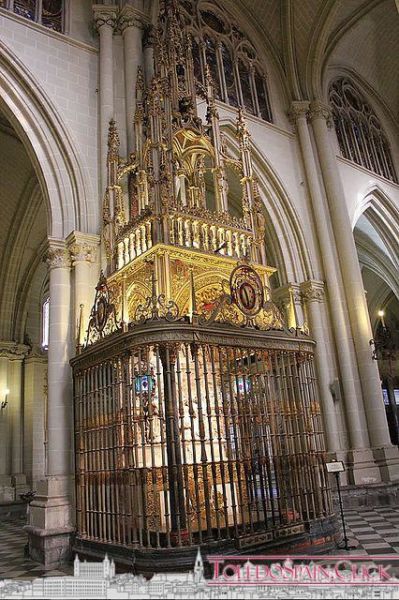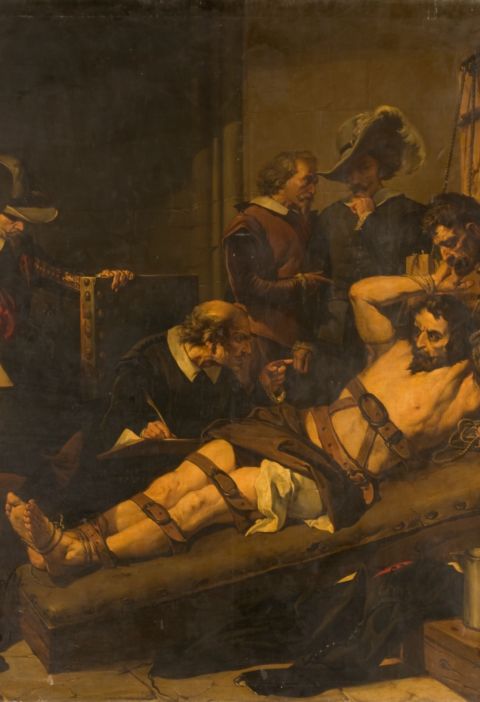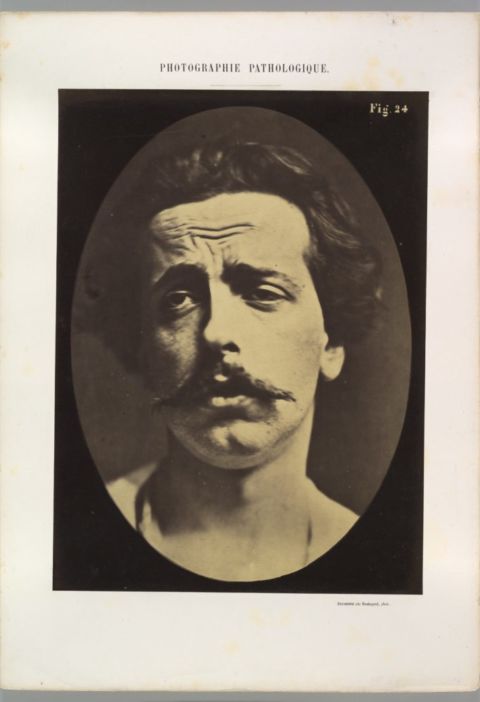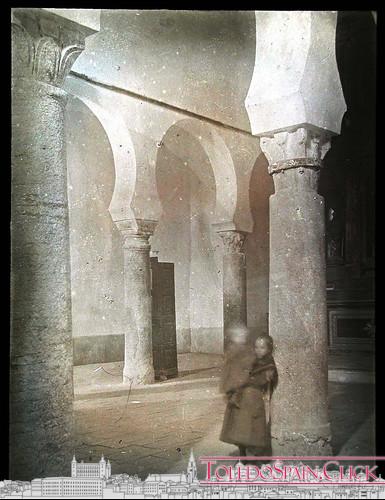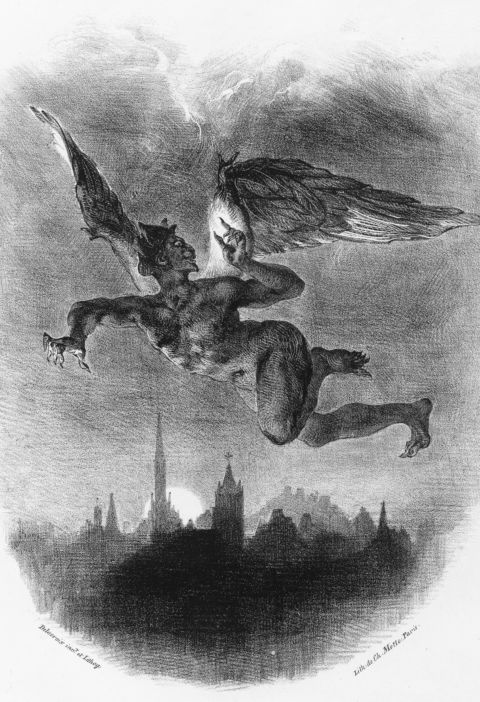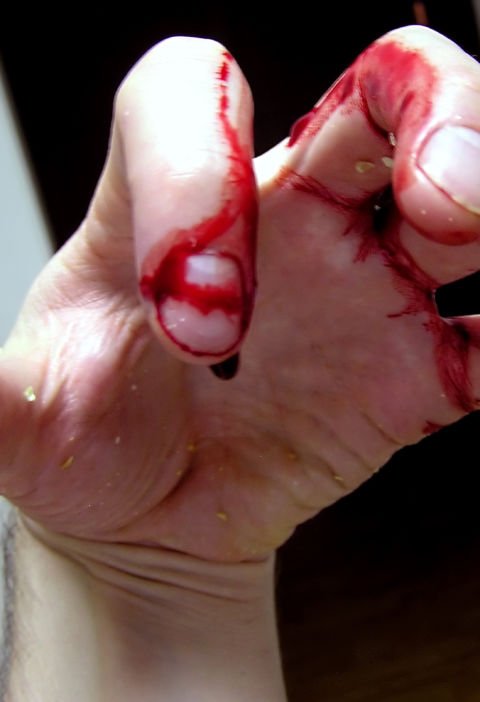 I know that there are many of you who come to these pages looking for legends adapted to the smallest. Schools, institutes or families seek to transmit the best known legends of Toledo trying to adapt the complex forms and plots sometimes used in these old texts. It is a complex task, and from now on we are going to provide some of the least terrifying for children, also leaving some guidance and ICT didactic proposal. The only thing I ask is that if you use it in any work, in the classroom or at home, share it and tell us in the comments. Let’s get to it.
I know that there are many of you who come to these pages looking for legends adapted to the smallest. Schools, institutes or families seek to transmit the best known legends of Toledo trying to adapt the complex forms and plots sometimes used in these old texts. It is a complex task, and from now on we are going to provide some of the least terrifying for children, also leaving some guidance and ICT didactic proposal. The only thing I ask is that if you use it in any work, in the classroom or at home, share it and tell us in the comments. Let’s get to it.
” The Lady with the Ermine.”
Legend has it that a long time ago a painter who worked on a portrait of a rich nobleman of the city lived in the city of Toledo.
The painter, who had not been in Toledo for a long time, had rented rooms from a huge palace that formerly belonged to a mysterious man who was a great magician.
The man he was drawing to, who was very powerful, had a young and beautiful daughter who accompanied him every day to the painter’s studio, attending inwardly to the great work he was doing with the image of his father.
The young woman, called Jerónima, looked with curiosity at all the paint cans, brushes and paintings that the painter stored there, but a large glass bottle attracted his special attention. From it hung an old and dirty parchment with strange letters that he could not understand.
” This bottle contains a magical liquid so powerful that if a man and a woman breathe it only once they will be in love forever” read the painter on the parchment that was in the bottle.
That same afternoon, when they were leaving and were at the door of the house, the young woman remembered that she had left a handkerchief in the study. When they reached the room they both wanted to reach for the handkerchief, so unlucky that when they tried to get it they threw the bottle with the magic liquid on the floor, which broke into a thousand pieces… Immediately the room was filled with a wonderful perfume. But nothing special happened at that moment…
Eventually, the painter and the young woman fell in love and decided to get married, but Jerónimo’s father opposed the wedding, as he already had other plans for it.
I’m sure you’re also interested in: An adventure in Toletum
One afternoon, as the painter walked near the Cathedral, a strange character approached him. He was the “man of the stick” who walked along those streets and said to him:
That woman you love has entered a convent. You will never see her again.
The painter tried several times to reach Jerome, but it was not possible.
Almost a year later, while working at home, someone knocked strongly at the door. When he was able to open the door there was no one there, just a big basket.
Do you know what was in the basket? There she found a beautiful baby a few months old and a letter, in which she could read:
” Take care of him; he’s your son Jorge Manuel. His mother, Jerónima died yesterday and his wish is that you raise him.”
El Greco, who so called the painter returned to his work and with the child in his arms ended up saddened by a portrait he was making of Jerónima, covering with black brushstrokes the white mantle he was wearing.

” The Lady of the Ermine” Source: Wikipedia.
Index of Contents
Pedagogical orientation:
El Greco (Domenikos Theotokopoulos) 1541-1614, was a late Renaissance painter mainly based in Toledo who developed a personal style. Born in Crete, hence his “nickname”, he painted large works essentially of religious motifs (file on Wikipedia)
.
Some of his works are conserved in an interesting and remodeled Museum located in Toledo: Museo del Greco.
The legend adapted here is inspired by the one published by Antonio Delgado in his work “Leyendas de la Ciudad del Tajo”, in 1986. Similar versions have been reproduced in the works of Pantoja Rivero (2009) and Alvárez de Toledo and Rodríguez Bausá (2007) to see the complete version of “La Dama del Armiño”.
” La Dama del Armiño” will allow us to focus on several areas of interest to the student, depending on their age: Toledo, El Greco, the portrait in painting or as an introduction to Toledan legends. This text has been put into practice in children from the age of four, with good results. You will have to explain certain terms, such as “parchment” or the concept of “falling in love” (according to age), but the text is not too far from many texts used in Disney stories and the like.
You can make the most of it at home or at school and visit the Museo del Greco in Toledo, and introduce the painter’s work with this legend. You will love the mystery related to the cave (accessible on its first level in the current Museum), the magic potion…
I’m sure you’re also interested: El Greco and his hieroglyphics
Although the passage of the potion is part of “mythology” (hence the concept of the text as a legend), certain aspects of history of great interest are intermingled:
- On 10 September 1585 El Greco rented three rooms in the palace of the Marquis of Villena, where he lived the rest of his life. The Marquis had a great fame as a “necromancer”.
- The portrait exists, it’s in a gallery in Glasgow.
- His only son, Jorge Manuel, born in 1578, appears in the text at the end. His mother was really doña Jerónima de las Cuevas.
- The detail of “Hombre de palo” belongs to another Toledo legend, contemporary to the one we are narrating here. They are unrelated and are included as an eye-catching element for the student.
- The current Museo del Greco is not exactly located in the palace of the Marqués (it disappeared in a fire and its place is now occupied by the Paseo del Tránsito), but in a building built on the remains of an old house from the 6th century with no little history, located in the Jewish quarter.
ICT proposal:
By reading the legend on our website you can promote an interesting Webquest related to El Greco, the Museum in Toledo, or the painter’s pictorial work.
In Infant Education, the legend can be read by projecting photographs of Toledo, the portrait, El Greco and each child drawing some character or element (a magician, the stick man, the baby…)
.
Taking advantage of a trip to Toledo, you could record videos with the places that appear in the legend using a mobile device (smartphone) and then make a simple assembly with the videos for students to enjoy on an Interactive Digital Whiteboard.
In primary grades 5 and 6, you can take advantage of a classroom blog to link the legend and create post by publishing different versions and locating on the Web diverse material related to the legend and the work of the picture. A good question would be, for example, “in what museum is the portrait to which the legend refers today?”, “what is an ermine and what importance did it have in history?” or “locate the legend about the Stick Man”...
We leave to the imagination of the teacher or the parents of the child what more activities to do around this interesting legend of Toledo. If you feel like it, share it with us in the comments. And if you copy or use this legend, please respect the Creative Commons license and quote the source.

